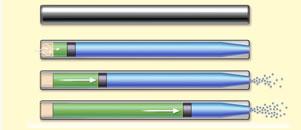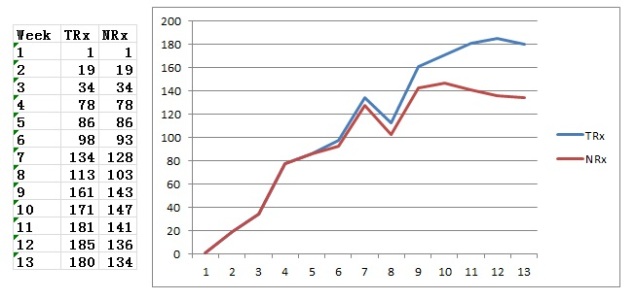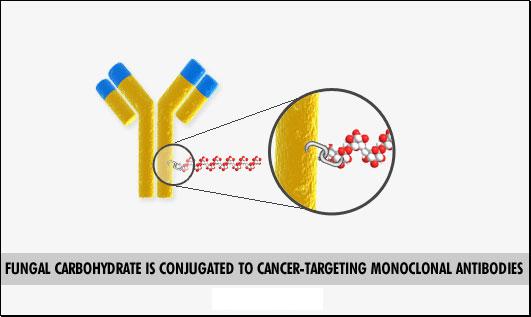Abstract#CT101
Pembrolizumab is better than ipilimumab as first-line therapy for patients with advanced melanoma. ORR was 33% for pembrolizumab and 12% for ipilimumab. The 6-month OS rates were 85-88% for pembrolizumab arms and 75% for ipilimumab.
Abstract#CT103
Pembrolizumab showed an ORR of 24% and a disease control rate of 76% in 25 patients with pleural mesothelioma. 80% 0f patients had received standard chemotherapy (platinum plus pemetrexed). There is no approved second-line treatment.
Abstract#CT104
The relationship between ORR and PDL1 expression was verified in patients with NSCLC. PFS and OS were longer in patients with membranous PDL1 expression in ≥50% of tumor cells (PS≥50%).
Abstract#CT105
According to the preliminary Phase I results of CART-meso, CAR-T therapy appears safe and feasible in advanced solid tumors. Anti-tumor efficacy was observed in 2 out of 5 patients.
Abstract#CT106
Immunocore’s TCR therapy, IMCgp100, showed an ORR of 25% (4/16) in patients with advanced melanoma. One partial response was observed in an ipilimumab refractory patient. Two of the partial responses have lasted more than 12 months.
Abstract#CT107
Atara Biotherapeutics presents Phase II clinical data of EBV-CTLs in patients with EBV-associated lymphoproliferative disorder (EBV-LPD). EBV-LPD is one of the most concerning complications of blood stem cell transplantation. In the two trails, 50-59% of patients had a complete response. Most importantly, 81% of patients had failed prior rituximab.
Abstract#CT137
Combining anti-CD40 mAb CP-870893 with anti-CTLA4 mAb tremelimumab improves response rates and overall survival in patients with metastatic melanoma. ORR was 27.3%, with mOS of 26.1 months.
Abstract#CT138
Combining mTORC1/2 inhibitor AZD2014 with paclitaxel showed better outcome in ovarian and lung cancer. Of 7 patients with heavily pre-treated ovarian cancer, 3 had partial responses. Of 5 squamous NSCLC pre-treated with docetaxel, 2 had partial responses.
Abstract#CT139
Chk1 inhibitor GDC-0425 may enhance gemcitabine efficacy in solid tumors with p53 mutation. The trial enrolled 40 patients with a variety of solid tumors. Three patients including one patient with p53 mutated triple-negative breast cancer (TNBC) had partial responses. The partial response in TNBC has lasted more than 10 months.
Abstract#CT231
In July 2014, Roche acquired Seragon Pharmaceuticals and its selective estrogen receptor degraders for $1.725 billion. Now, Roche provides Phase I results of GDC-0810 (ARN-810) in ER+/HER- metastatic breast cancer at AACR2015. In the trial, 13 of 31 (42%) patients achieved stable disease > 6 months.
Abstract#CT232
Adding a PI3K inhibitor to letrozole may restore the sensitivity of ER+ breast cancer to antiestrogen therapy. In the Phase Ib trial of BYL719, 26 patients with ER+/HER2- metastatic breast cancer refractory to previous endocrine therapy were accrued. 18 patients had prior aromatase inhibitor therapy. In the trial, 19% of patients experienced a partial response, and 43% of patients had stable disease.
Abstract#CT233
Combining mTORC1/2 inhibitor AZD2014 with fulvestrant showed clinical benefit for patients with ER+ metastatic breast cancer. In the 49 patients with measureable disease, 9 confirmed and 3 unconfirmed partial responses were observed. Of the 66 patients, 31 had clinical benefit.
Abstract#CT234
Merrimack Pharmaceuticals updates Phase I results of HER2-targeted liposomal doxorubicin in HER2 positive metastatic breast cancer. In patients treated with ≥30 mg/m2 MM-302 alone or in combination with trastuzumab, the response rate was 12% and median PFS was 7.6 months. Merrimack believes MM-302 plus trastuzumab is more effective than standard chemotherapy plus trastuzumab.
Abstract#CT322
Olaparib have anti-tumor activity in a sub-population of metastatic castration-resistant prostate cancer patients. In the TOPARP trial, patients who had failed prior docetaxel and abiraterone were treated with olaparib. Overall, 16 of 49 patients experienced a response. Mutations in DNA repair genes were detected in 15 of 49 patients. Among these 15 patients with mutations, 13 responded to olaparib.
Abstract#2859
Genentech’s anti-PDL1 mAb MPDL3280A showed clinical activity in patients with metastatic triple-negative breast cancer. Among 21 PDL1 positive (IHC2 or 3) patients, ORR was 24%, and the 24-week PFS rate was 33%.
Abstract#2860
Adding nivolumab to ipilimumab improved clinical response compared to ipilimumab alone in patients with advanced melanoma. In BRAF wild-type patients, ORR was 60% in the combination group vs. 11% in the ipilimumab group. A higher rate of adverse events was observed in the combination group compared to ipilimumab alone, leading to more frequent discontinuation. However, patients who discontinued the combination due to toxicity had a 67% response rate.
Abstract#4707
Adaptimmune presents preliminary results of TCR therapy targeting NY-ESO-1 in patients with synovial sarcoma. Of 8 patients whose follow-up is sufficient to assess response, 4 experienced objective responses (1CR, 3PR).


